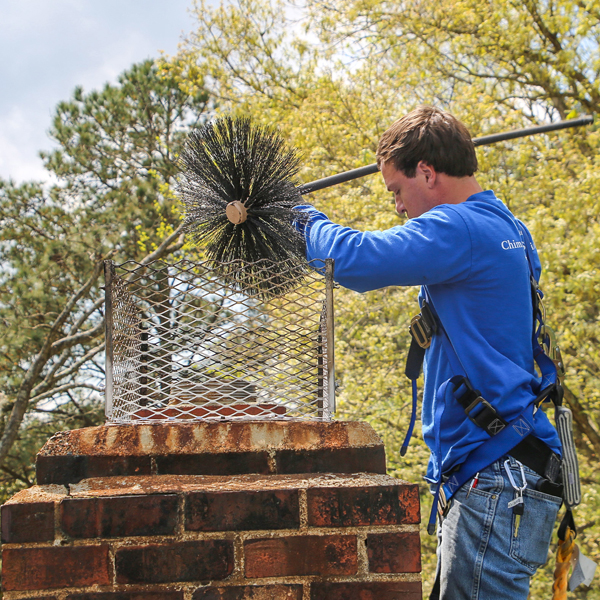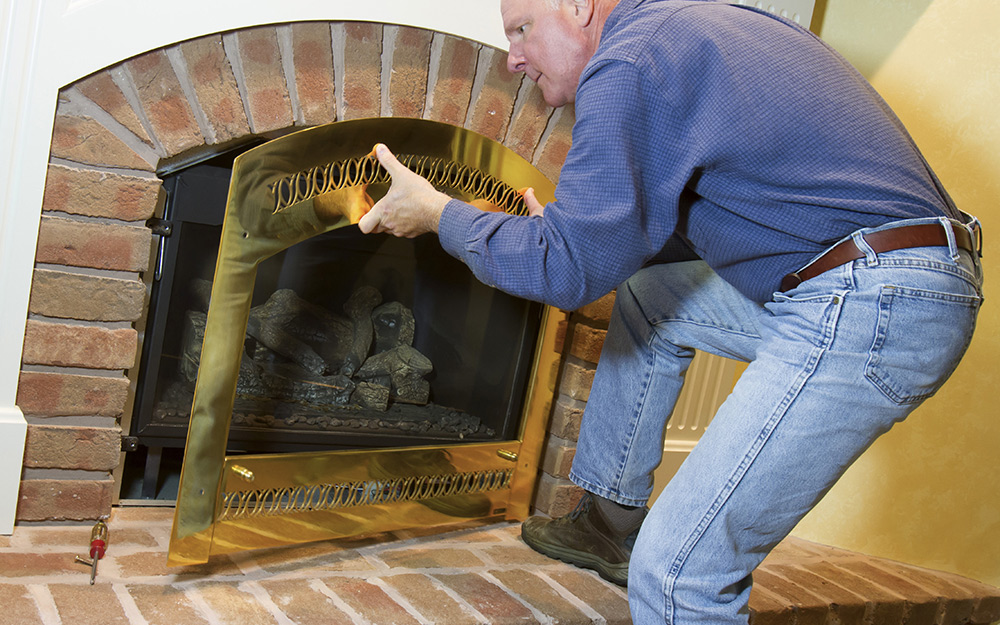Do It Yourself Chimney Maintenance San Jose: Step-by-Step Overview for Homeowners
Do It Yourself Chimney Maintenance San Jose: Step-by-Step Overview for Homeowners
Blog Article
Specialist Tips for Effective Smokeshaft Maintenance You Need to Know
Smokeshafts act as essential elements in several homes, providing warmth and comfort. Guaranteeing their correct upkeep is often neglected up until problems occur. Comprehending the ins and outs of chimney treatment can be the key to avoid costly fixings and protecting your home and family members. From the importance of routine inspections to safe operational techniques, an extensive technique to smokeshaft upkeep is essential. Let's discover expert suggestions that can aid you maintain your chimney in ideal condition for many years ahead.
Importance of Regular Evaluations
Routine inspections of smokeshafts are essential for ensuring their safety and functionality. Smokeshafts play a critical role in airing vent out unsafe gases and maintaining proper airflow in a home. In time, creosote buildup, debris, and architectural damages can occur within the smokeshaft, posturing severe dangers such as smokeshaft fires or carbon monoxide gas leakages.
Throughout a smokeshaft examination, trained specialists evaluate the condition of the smokeshaft, searching for any type of indicators of damage, obstructions, or deterioration. They also check the stability of the flue, smokeshaft lining, and chimney cap to guarantee whatever is in proper working order. By recognizing and dealing with problems early, costly repair work or prospective hazards can be avoided.
Normal assessments not only assist in preserving the security of the chimney however additionally add to its total performance. A tidy and well-kept smokeshaft runs better, making sure appropriate air flow and minimizing the risk of indoor air pollution. Organizing yearly chimney inspections is a positive procedure that homeowners can take to safeguard their property and loved ones.
Cleaning Strategies and Regularity
Maintaining the safety and performance of a chimney entails not only normal assessments but additionally executing suitable cleansing methods and figuring out the ideal frequency for cleaning. Chimneys should be cleaned by an expert chimney sweep at the very least yearly, even if they are not regularly used. If the chimney is utilized on a regular basis, particularly with wood-burning ranges or fire places, it may require more frequent cleansings to protect against the accumulation of creosote, an extremely flammable substance that can lead to smokeshaft fires.
Homeowners must never forget chimney cleansing, as it is essential for keeping a useful and risk-free smokeshaft system. Normal cleansings not just decrease the threat of chimney fires yet also enhance the smokeshaft's total performance and longevity.
Resolving Smokeshaft Leaks

When addressing chimney leakages, extensive evaluation and timely fixings are critical to stop water damage and keep the architectural stability of the smokeshaft. Leaks in a chimney can bring about severe issues such as mold development, damage of the chimney structure, and also prospective fire threats. To successfully address chimney leakages, start by evaluating the smokeshaft cap, crown, blinking, and stonework for any indicators of damages or wear. Chimney caps must be firmly in area to protect against water from entering, while the crown and blinking need to be intact and appropriately secured. Any kind of cracks or spaces in the stonework need to be fixed promptly to avoid water seepage. In addition, consider waterproofing the chimney to offer an additional layer of defense versus moisture. Regular maintenance and assessments can aid address and find smokeshaft leakages early, conserving you from pricey fixings and ensuring the safety and longevity of your chimney.
Comprehending Creosote Build-Up
To understand the possible dangers of creosote build-up in chimneys, it is vital to find out acknowledge its formation process and influence on smokeshaft efficiency. When timber or fossil fuels are melted, Creosote is a black or brownish tar-like compound that builds up inside chimney systems. As smoke increases through the smokeshaft, it cools and condenses, bring about the formation of creosote, which sticks to the chimney walls.

Normal smokeshaft assessments and cleansings by a specialist smokeshaft move are vital in protecting against creosote accumulation and making certain the secure procedure of your smokeshaft system.
Safe Operation Practices
Carrying out correct security methods is necessary for the reliable and secure operation of smokeshaft systems. Constantly guarantee that the smokeshaft is properly examined and cleaned up regularly to eliminate any kind of creosote buildup, which can lead to chimney fires.
Moreover, make certain to only shed experienced timber in your fireplace, as damp or environment-friendly wood can produce more creosote and trigger unsafe chimney blockages. Finally, never ever leave a fire neglected and always see to it the fire is totally extinguished prior to going to sleep or leaving your discover here house. By following these safe operation practices, you can enjoy a comfortable and cozy fire while making certain the security of your home and liked ones.
Conclusion
In conclusion, maintaining your smokeshaft is necessary for guaranteeing its security and efficiency. Normal examinations, appropriate cleaning techniques, resolving leakages, managing creosote accumulation, and complying with safe procedure methods are essential aspects of smokeshaft maintenance. By staying on top of these jobs, you can stop potential threats and lengthen the life expectancy of your chimney. It is necessary to prioritize smokeshaft upkeep to keep your home cozy and safe throughout the chillier months. More about the author
Over time, creosote buildup, particles, and structural damage can take place within the chimney, posturing serious dangers such as smokeshaft fires or carbon monoxide leaks.
If the smokeshaft is used consistently, particularly with wood-burning ovens or fireplaces, it may call for even more frequent cleanings to prevent the accumulation of creosote, a highly flammable material that can lead to smokeshaft fires. (Chimney Maintenance San Jose)
To recognize the potential dangers of creosote accumulation in chimneys, it is vital to identify its development process and impact on chimney efficiency. As smoke climbs via the chimney, it cools down and condenses, leading to the formation of creosote, which adheres to the chimney walls.
Constantly make certain that the smokeshaft is professionally checked and cleaned up consistently to remove any creosote accumulation, which can lead to chimney fires.
Report this page